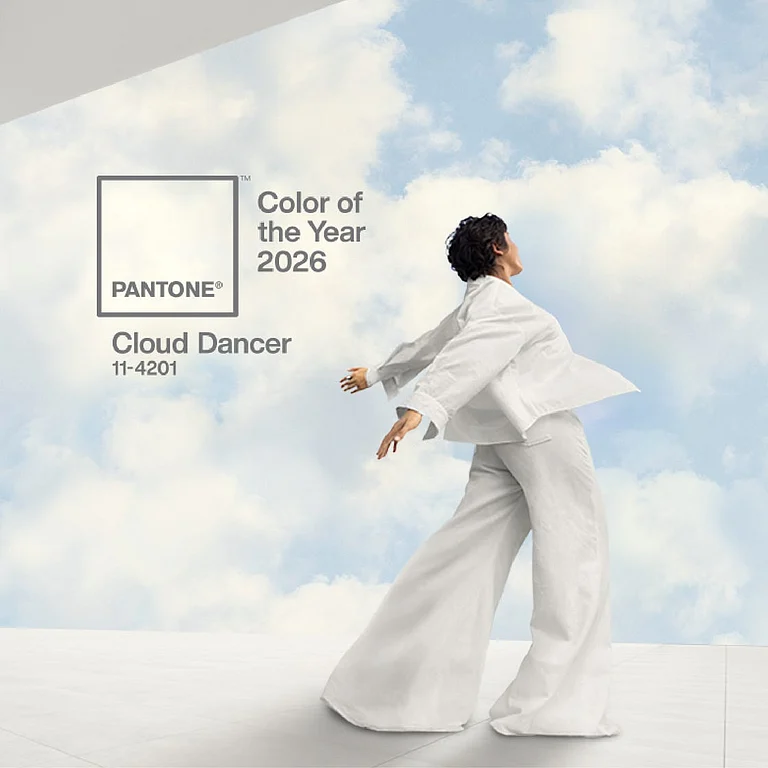Scientists are calling on retailers to stop producing everyday items like drink bottles, outdoor furniture, and toys from brightly coloured plastic. Research has found that these plastics degrade into microplastics much faster than those in plainer colours.
The study, led by the University of Leicester, revealed that red, blue, and green plastics became "very brittle and fragmented" over three years, while black, white, and silver plastics remained mostly unaffected. This research included efforts from scientists in the UK and the University of Cape Town in South Africa, using complementary studies to show that plastics of the same composition degrade at different rates depending on their colour.
UK researchers placed bottle lids of various colours on a university rooftop, exposing them to the sun and elements for three years. Meanwhile, South African researchers studied plastic items collected from a remote beach. Both studies found similar results, with brightly coloured plastics breaking down faster into microplastics.
“It’s amazing that samples left to weather on a rooftop in Leicester and those collected on a windswept beach at the southern tip of the African continent show similar results,” said Dr Sarah Key, who led the project. “What the experiments showed is that even in a relatively cool and cloudy environment for only three years, huge differences can be seen in the formation of microplastics.”
The study, published in the journal Environmental Pollution, is the first to prove this effect. It suggests that retailers and manufacturers should rethink the use of bright colours in short-lived plastics.
Professor Sarah Gabbott, a co-author from the University of Leicester, noted, “I assumed that my eyes were being deceived and that I was just seeing the more colourful microplastics because they were easier to spot. Turns out there really are likely to be more brightly coloured microplastics in the environment because those plastic items pigmented red, green, and blue are more susceptible to being fragmented into millions of tiny yet colourful microplastic particles.”
Adam Herriott from the anti-waste charity Wrap explained that coloured plastic is traditionally used to make products stand out in stores. However, the organisation advises manufacturers to avoid pigments to improve recyclability. Mixing different coloured plastics can result in a weird grey or greenish colour, making recycling difficult.
The study found that black, white, and silver colourants protect plastics from damaging ultraviolet (UV) radiation, unlike other pigments. UV damage alters the plastic's structure, making it brittle and prone to fragmentation.
Dr Key emphasised that manufacturers should consider both the recyclability and potential littering of plastic items when designing products. For items used outdoors or exposed to sunlight, avoiding colours like red, green, and blue can help them last longer and reduce their environmental impact.





























